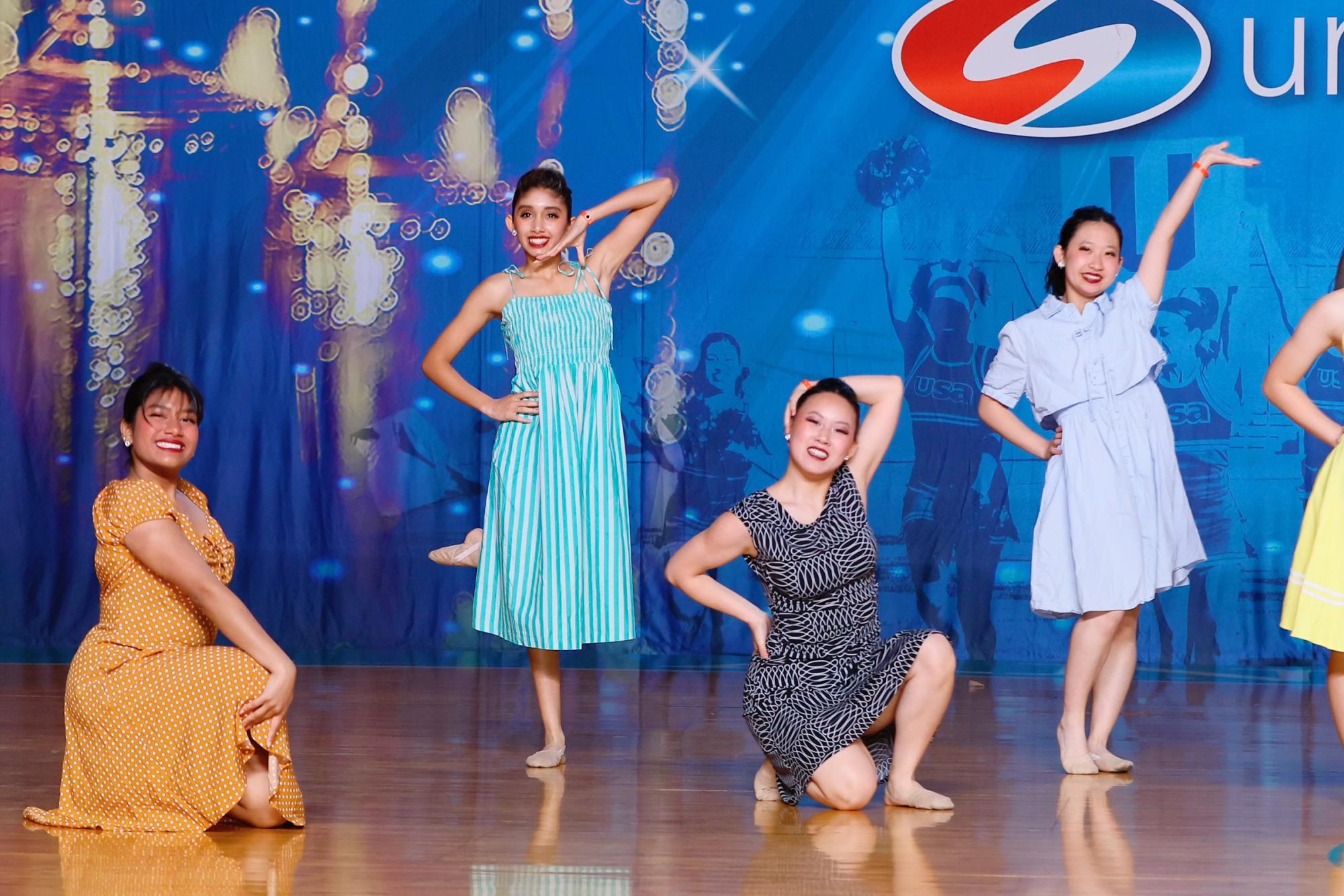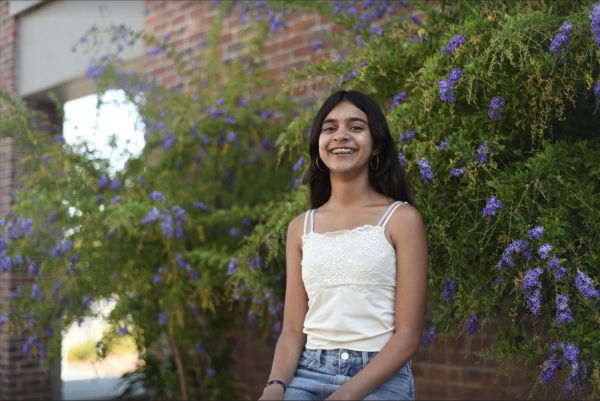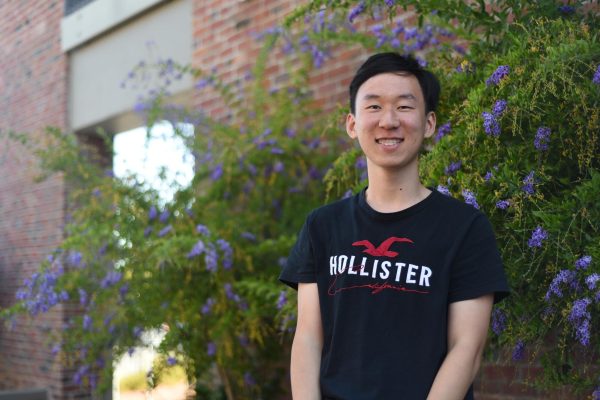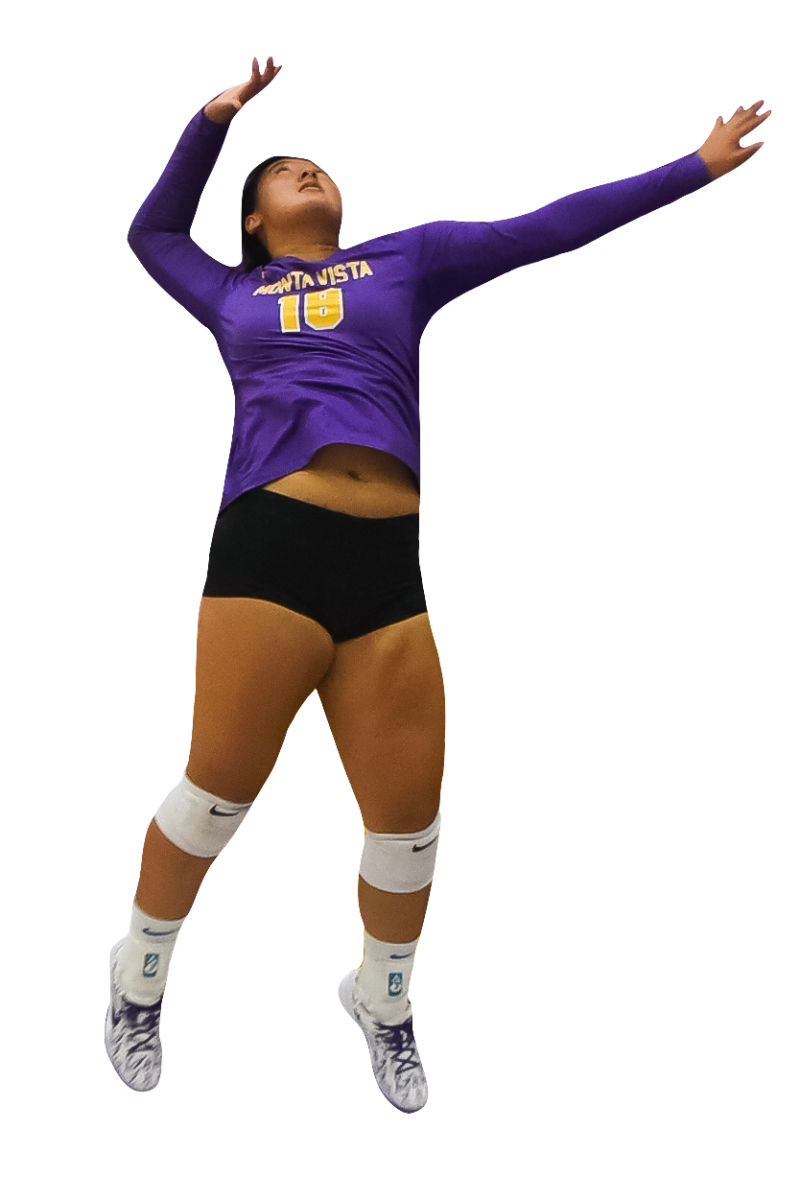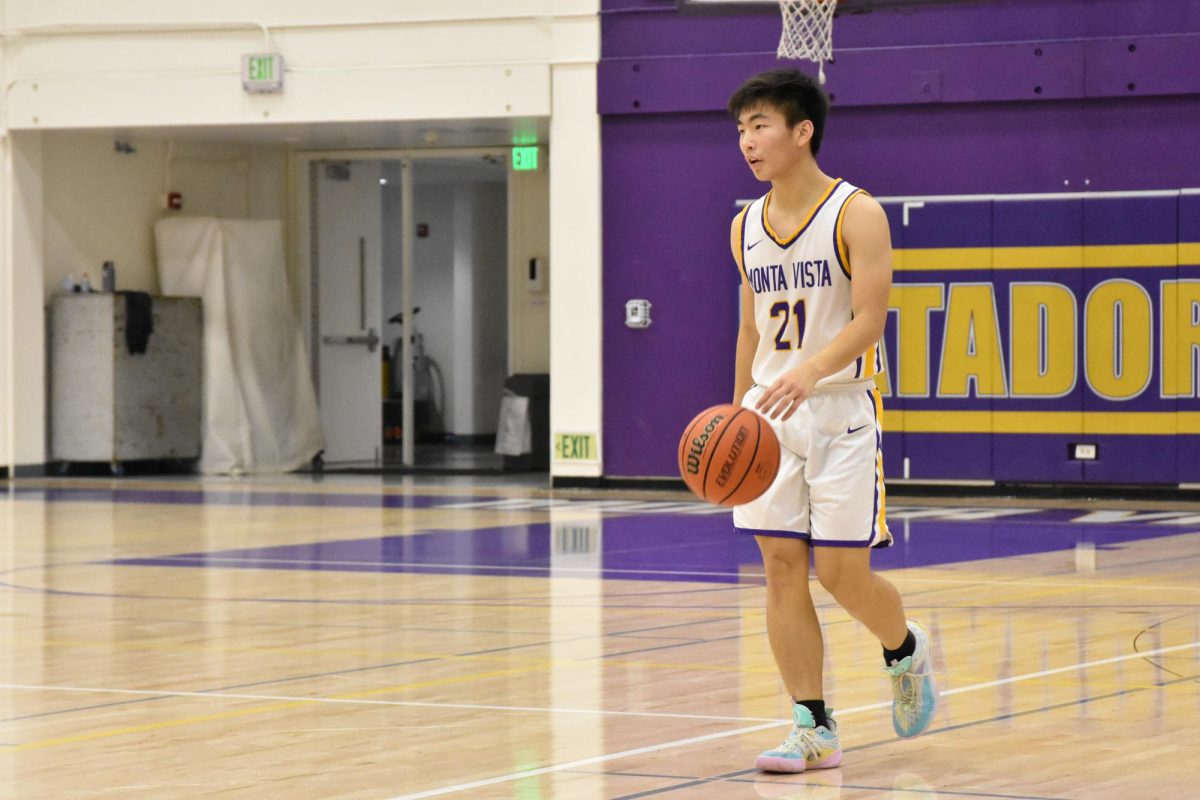SK: Hi everyone, I’m Sana.
EZ: Hi, I’m Eric.
SK: Welcome to Episode 30 of Time Out.
EZ: Each episode, we will be exploring the journeys of various athletes here at MVHS..
SK: In this episode, we are with sophomore Saanj Rao, a member of the Monta Vista dance team.
SK: When did you first start dancing?
SR: I started dancing when I was in preschool, and since then, I’ve been kind of on and off, but I started dancing competitively when I was in fourth grade.
SK: Could you share who or what inspired you to start dancing?
SR: I think my mom kind of forced me to start dancing when I was younger, but from there, I think it just became such an important part of my life that I couldn’t stop dancing.
SK: And could you share your earliest memory of performing on stage?
SR: My earliest memory of performing was when I was in preschool, actually, and my daycare had this little dance program, and once a year we would have this huge performance, and I remember it was under the sea themed, So we were all Little Mermaids, and that was really fun.
SK: And what are some types of dance that you currently do?
SR: So, through the dance team. I do hip hop, jazz and sometimes contemporary, and then outside of school, I also do Kathak, which is an Indian classical form of dance.
EZ: How does that speak to you personally, and how does that resonate with your culture?
SR: So Kathak is from the northern part of India, and for me, I’m actually from the south of India, so I think it was a little harder for me to actually connect to the dance as much because there was a little bit of a language barrier and whatnot when I was learning it. But Kathak is a very flowy dance, and there is a lot of intricate footwork, and we do a lot of spins. And unlike some of the other Indian classical forms of dance, it is very flowy and it goes along with the music. And there’s a lot of passion behind it, which I think, again, sticks out to me a lot. And I’ve been doing Kathak since, I believe, second grade. So I’ve just been learning more, and I do have to take exams every year for Kathak because there are a lot of intricate moves and I learn a lot about the history and everything behind it. So I think Kathak is kind of a class and a subject, because there’s so much history behind it that we learn, and it’s also a dance. So I find that really interesting.
EZ: What are some aspects of each dance that appeal to you?
SR: I think each dance is pretty unique, but a big thing for me is the musicality and the way that each dance fits so perfectly and has so much emotion and meaning behind it. And I think over time, you build a lot of passion for every dance you do. So that’s a big thing for me.
SK: And what made you join the Monta Vista Dance Team?
SR: I joined the Monta Vista Dance Team because I think it was a really good way to showcase my passion for dance for the entire school, and I think it gave me a lot of opportunities to perform for my school that I wouldn’t get elsewhere. And since I’ve been dancing for so long, I thought, why not give it a try? I thought it would be a really fun experience to have for the next four years.
SK: That’s really nice. What struggles have you faced, though, within dancing, not just on the Monta Vista Dance Team, but through the other types of dance you do?
SR: I think COVID had a big impact on me, because I became a little bit lazy then, and I think I lost some of the passion I had for and the connection I had with dance. And I think over the course of COVID because I wasn’t performing as much and I wasn’t seeing anyone around me, I just found it hard to maintain that connection. And once we were back from COVID, I was a little rusty and I was a little out of shape. But even though that was four years ago, I think that did have a big impact on a lot of my experiences as a dancer,
SK: Did you have to relearn anything, or was it just picking up where you left off?
SR: I think in terms of technique, I definitely did, because for me, I didn’t have as much space to do everything full out, and I didn’t have anyone to help me every day, and to look at me a foot away, and help me out in that sense. So I was kind of on my own when it came to improving my technique. So it was kind of stagnant for a year or so, but after that, I think I picked up the pace when you picked up the pace
SK: And you started dancing again after COVID, did you have to put in a lot more time and work, or did you just continue the way you had been going before, and then gradually, it just started to…
SR: I think it was more gradual. I was already pretty used to dancing for long hours in fourth and fifth grade. So I think for me, it wasn’t anything I wasn’t expecting. So I think that was good.
SK: What does a typical day or week of dance training look like for you?
SR: So our practices are three days a week, Mondays, Wednesdays, Fridays, from right after school till six, and usually we’ll spend about half an hour to an hour working on each dance. Now that our competitive season is coming up in January, we’re focusing a lot of time on our competitive dances and also a few other dances because we are performing our winter show in December. So now we have most of our choreography for all of our dances we’re working on really deep cleaning every single one, and getting all the details.
SK: What’s the difference between competitive dancing and dance you would do for a performance?
SR: I would say, for competitive dances we do, we spend a lot more time focusing on every single detail. With some of the dances we just perform, we don’t spend as much time on each one. Once we learn the choreography, we kind of just set the formation, set different layers and levels in the dances, and then we’ll spend maybe a few days cleaning it, and then we’ll kind of call it a day. Some of the performances we repeat throughout the year, so we don’t spend too much time on those. But for our competitive dances, we really, really get into all of the details, and we deep clean everything, and we make sure everything is really, really perfect, because a lot of the judges can tell if even the slightest thing is off, and it really helps us do better when we compete.
SK: How often do you guys compete?
SR: So we have three to four regional competitions, and then we go to nationals in March.
EZ: Overall, how has dance impacted your life, and how has dance helped you grow as a person?
SR: I think I really couldn’t imagine my life without dance, and I think I kind of take it for granted sometimes, but I think I’ve met a lot, a lot of really cool people and a lot of really kind people, and I have built a lot of passion for something, and I think I really couldn’t imagine my life without dance, just because I’ve done it for so long, and because it is really something I care about, and something that kind of gives me, space to release my emotions and whatnot. So I’ve just made so many new connections, and I’ve met so many inspiring people, and I think that is a really big thing for me.
SK: What would you say are your favorite memories or your biggest accomplishments in dance?
SR: I don’t really think there’s one. I think every year I’m just meeting new people and dancing with them, and learning new dances and competing in different places. And I think I wouldn’t really be able to sum that all up in one experience, because every year, if I have a different team, I have my own accomplishments with that team, and I have my own experiences with that team, and I think I really value each team I dance with. But I think the most recent accomplishment for me was maybe going to Nationals last March and that kind of just summed up my first year on the dance team. And I think it was really cool to see everyone from across the US coming out there and putting in so much passion.
SK: That’s amazing. And you already said dance from the Monta Vista dance team you intend to do for all four years. But have you thought about what you’re going to do after you go to college? Are you going to pursue dance the rest of your adult life as well?
SR: I don’t think I would major in dance or pursue it professionally, but I think especially in college, I would love to be a part of a dance club or a small team, just to have a way to let out my emotions and continue my passion.
SK: That’s it for episode 30 of Time Out. Thank you to Saanj for joining us today! I’m Sana,
EZ: I’m Eric,
SK: And thanks for tuning in!




